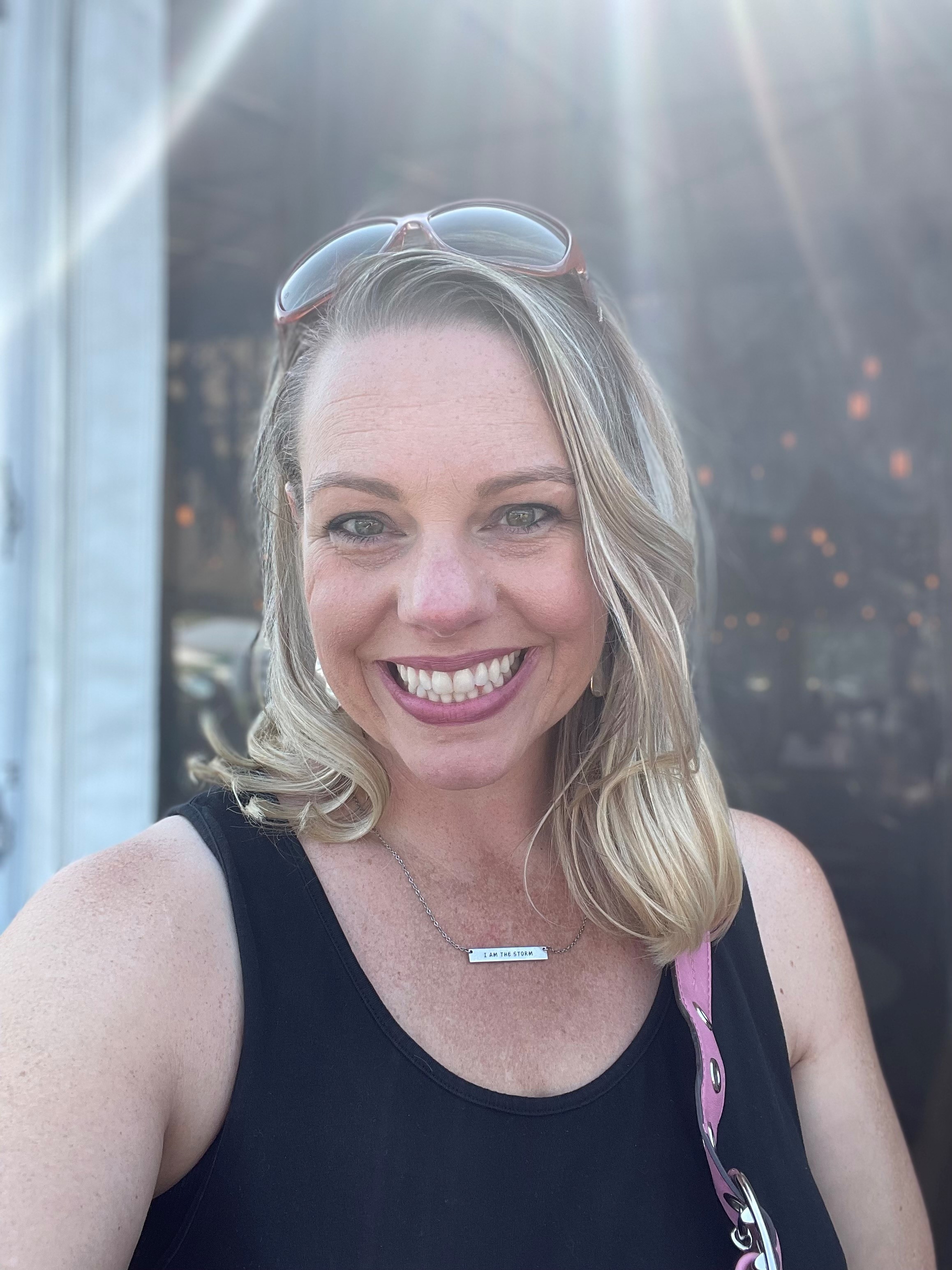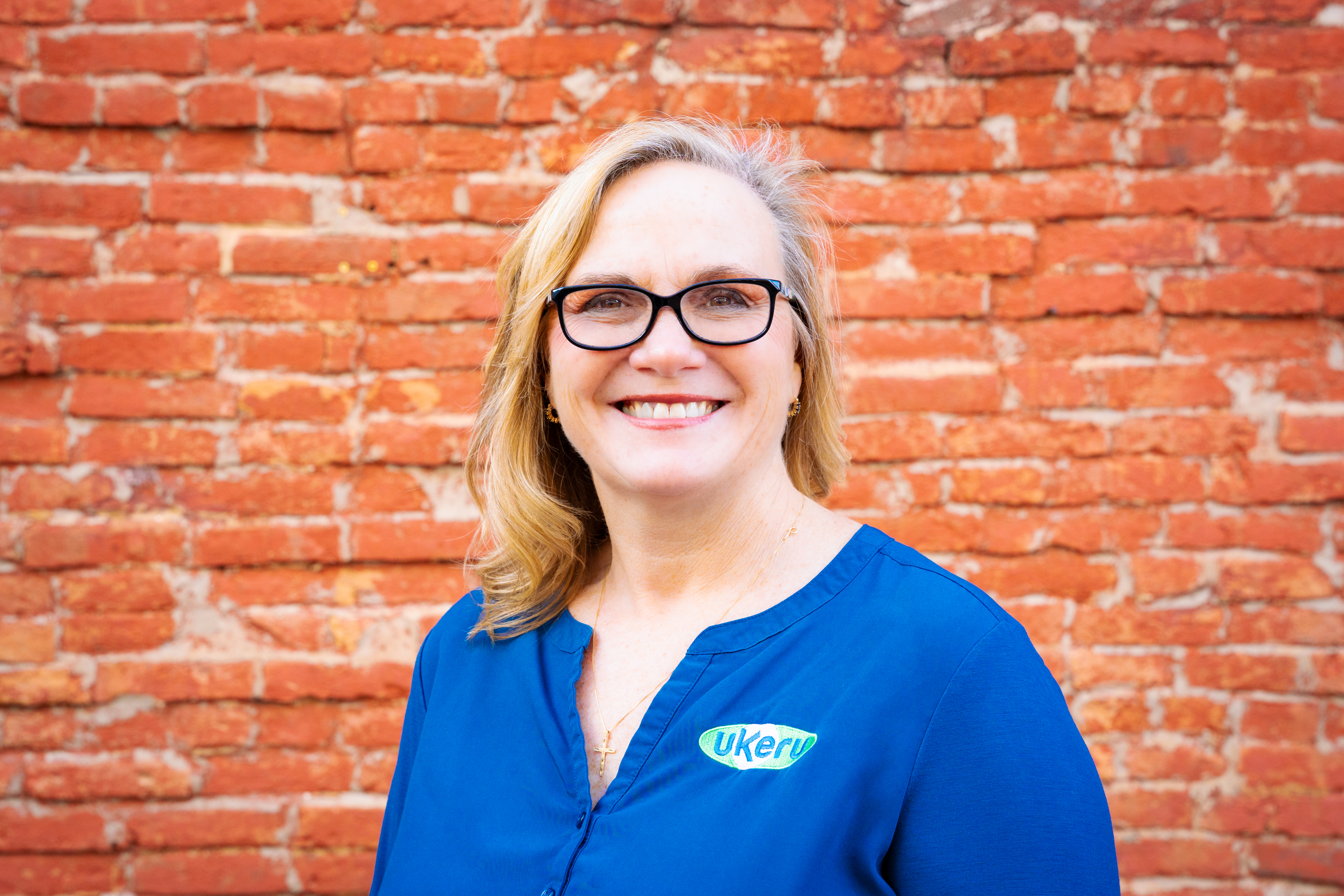This blog was authored by Kim Sanders, Ukeru Systems’ President
I began working in behavioral healthcare in 1989, as a 19 year old. Looking back now, it takes my breath away that such a young person would have that kind of responsibility. It similarly takes my breath away to think about the archaic and ineffective methods that were being used by many behavioral healthcare organizations at that time.
Today, it is Ukeru’s mission to change the way the world thinks about and uses restraint and seclusion. At the same time, I understand the mindset of those who continue to use these approaches. When I began my career, they were commonplace and happened all over the country. It was not right, but it was the norm. What we politely referred to as “behavior modification” could more accurately be defined as coercive, high-risk techniques.
We have since learned that what we believed was appropriate at the time doesn’t work. Evidence shows that restraint and seclusion are ineffective behavior modification techniques. They have potentially deadly — and, without question, trauma inducing — consequences. Neither are evidence-based practices and there is no data to suggest that either leads to reduced violent or uncontrolled behavior. In fact, research indicates that restraint and seclusion actually cause, reinforce and maintain aggression and violence.
Even so, as I travel across the country, I continue to encounter individuals and organizations who have yet to understand the facts: preventing restraint and seclusion not only enhances the quality of treatment but also increases satisfaction for those both receiving and providing services.
I see it even in my own “backyard.” One of my peers here in Virginia, where Ukeru is located, has a child with special needs. This little girl attends public elementary school and, in the course of one year, is restrained more times than all 125 young adults living in a Grafton residential facility. It’s troubling for me to compare my experience, working each day at an organization that has nearly eliminated restraint, with that of this parent, deeply concerned about her daughters’ ongoing traumatic experiences. I can’t help but wonder how in the world this is still happening. Why would we continue doing what we’ve been doing since the 1980s if we know it doesn’t work, particularly if we are hurting children in the process.
Over the years, I’ve had to forgive my 19-year-old self. I used the tools I had at my disposal at the time. But we’re smarter now; we know better. So we need to make sure that children like my friend’s young daughter no longer have to suffer unnecessarily.




